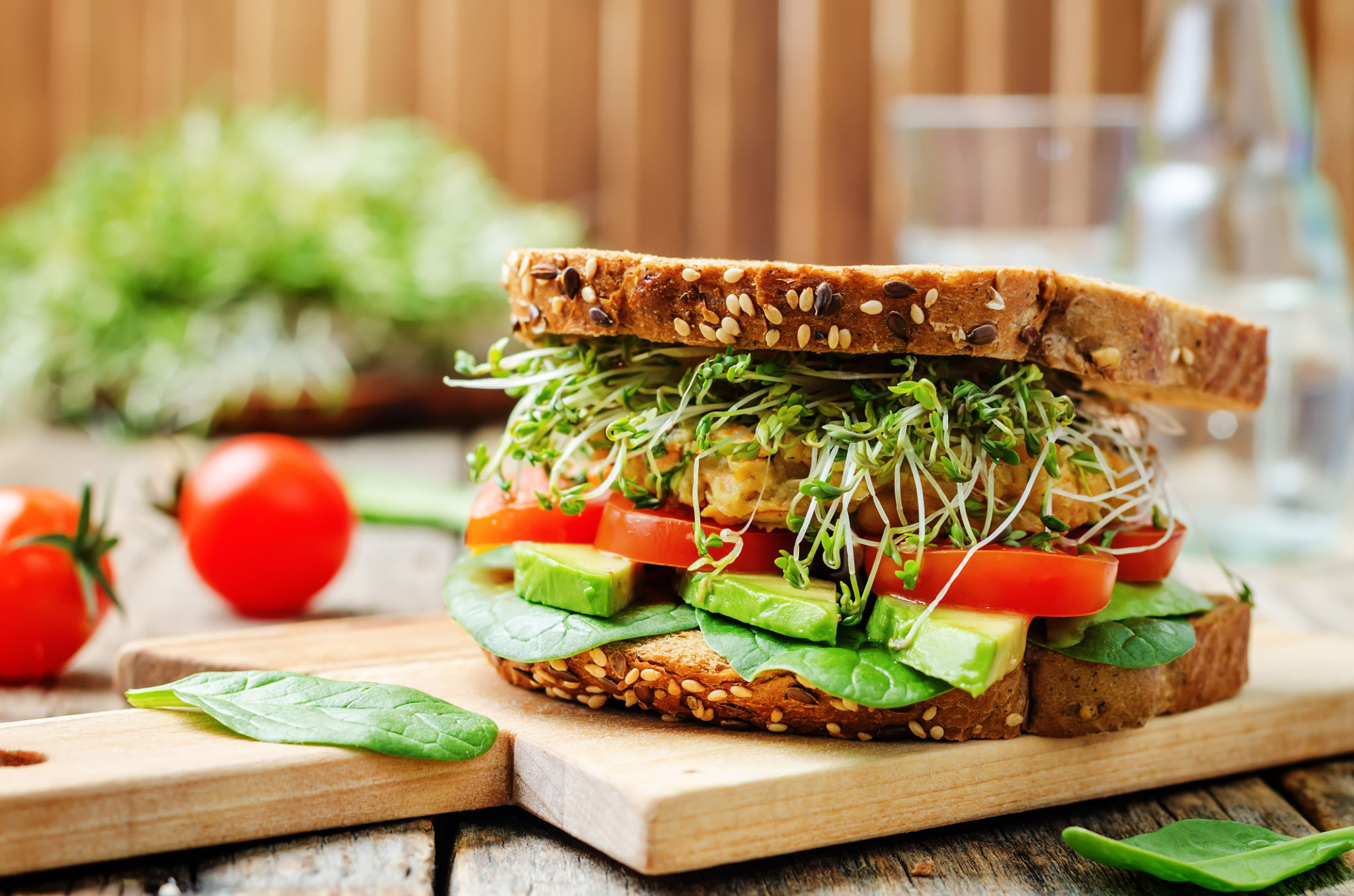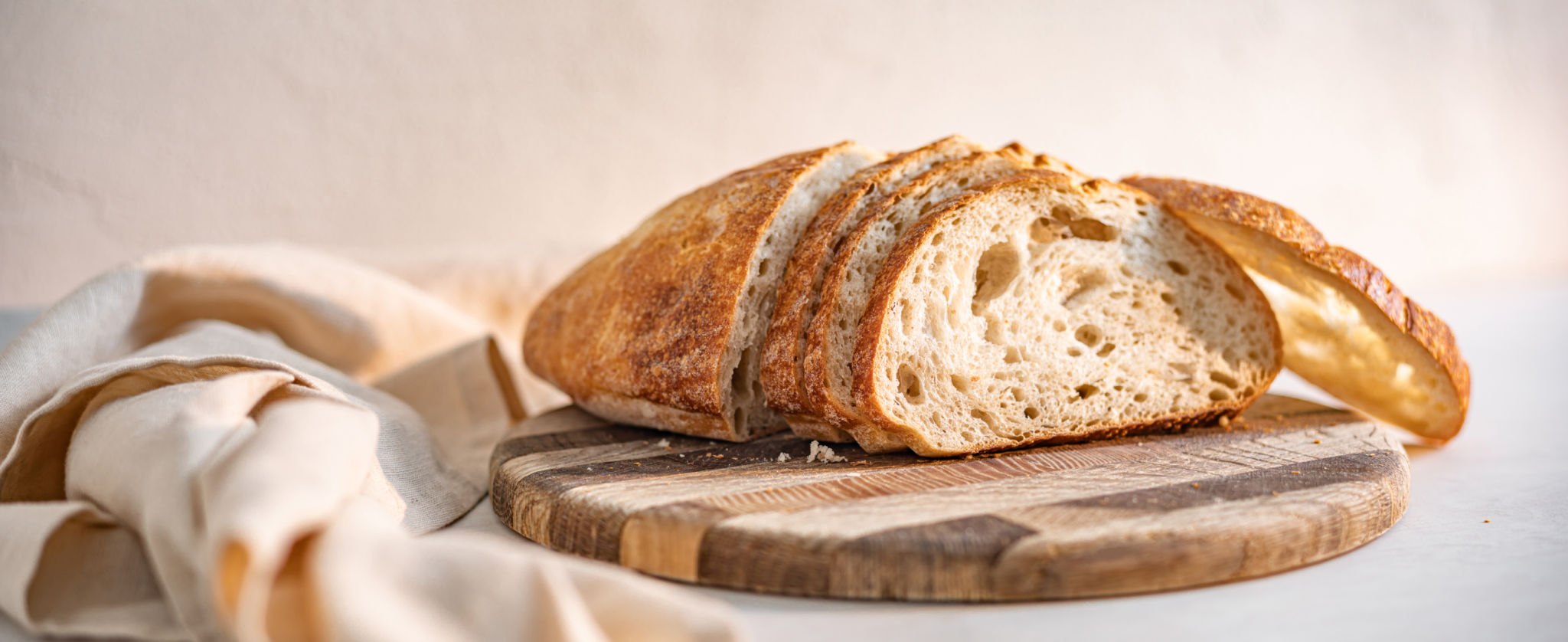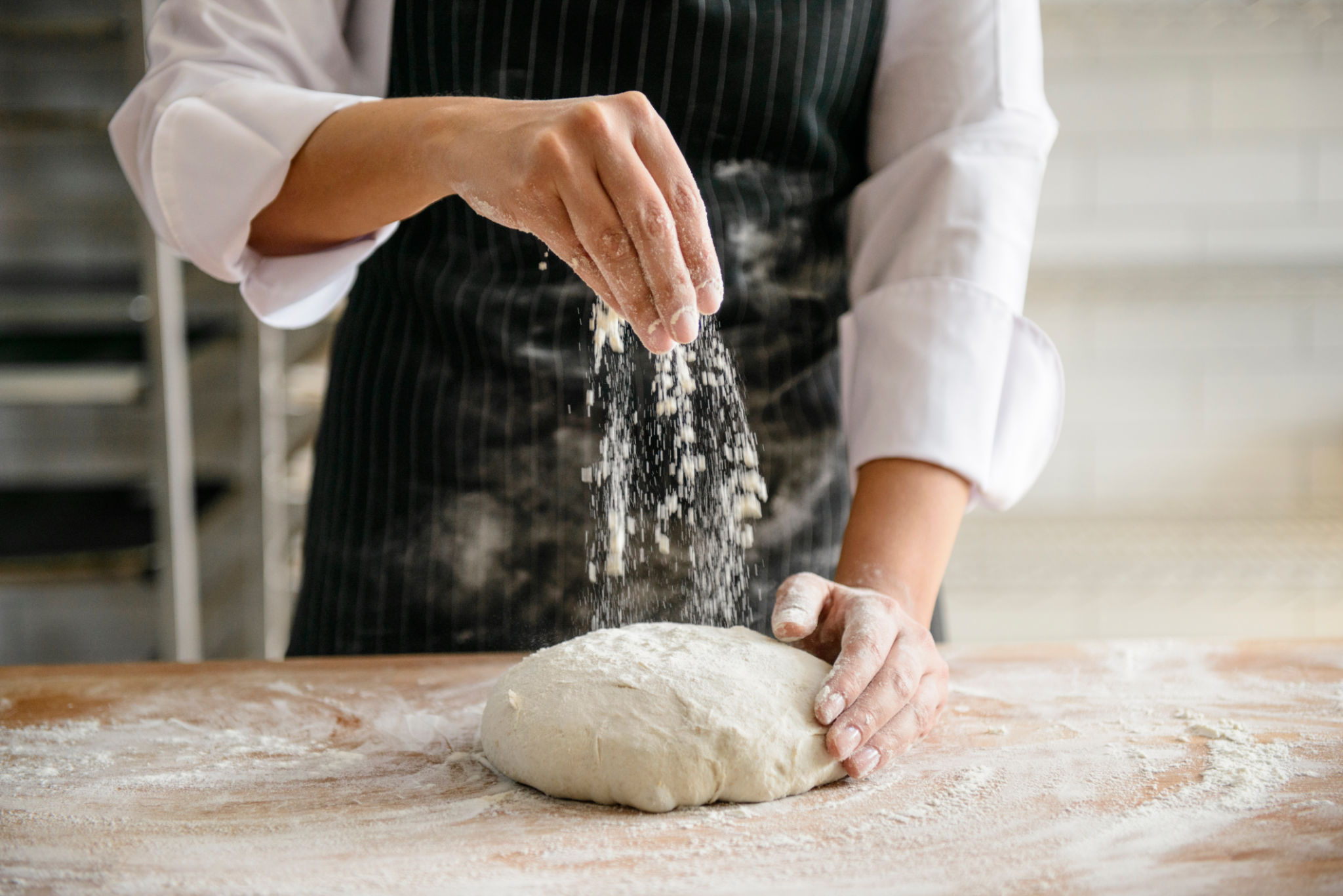The Rise of Sourdough: Why This Bread Is More Than Just a Trend
MA
The Ancient Roots of Sourdough
Long before commercial yeast became a staple in baking, sourdough was the bread of choice for civilizations across the globe. The origins of sourdough date back to ancient Egypt, where it is believed that the first leavened bread was created by accident. This traditional method involves a natural fermentation process, using wild yeast and bacteria present in the environment, which gives sourdough its distinctive tangy flavor and chewy texture.

The Science Behind Sourdough
At the heart of sourdough's unique qualities is its fermentation process. This process not only enhances flavor but also contributes to its nutritional benefits. During fermentation, the flour's starches and sugars are broken down, making nutrients more accessible and reducing the bread's glycemic index. Additionally, the lactic acid bacteria present in sourdough can aid in digestion and promote gut health.
Nutritional Benefits
Compared to other breads, sourdough is rich in vitamins and minerals such as iron, magnesium, and B vitamins. The fermentation process also lowers the levels of phytic acid, a compound that can inhibit the absorption of essential nutrients. This makes sourdough a more nutrient-dense option for those looking to boost their daily intake of essential vitamins and minerals.

The Art of Sourdough Baking
For many home bakers, crafting a perfect loaf of sourdough has become both a hobby and an art form. The process involves maintaining a starter, a living culture of flour and water, which requires regular feeding and care. Bakers experiment with different flours, hydration levels, and fermentation times to achieve their desired flavor and texture profiles.
Patience and Precision
Baking sourdough is not just about following a recipe; it's about understanding the nuances of fermentation and dough handling. Temperature, humidity, and time all play critical roles in shaping the final product. This meticulous attention to detail is what makes sourdough baking both challenging and rewarding.

Sourdough's Cultural Renaissance
In recent years, sourdough has experienced a surge in popularity, often seen as a symbol of artisan craftsmanship in the culinary world. This revival has been fueled by a growing interest in traditional cooking methods and a desire for healthier, homemade options. Sourdough has become a staple at farmers' markets and artisanal bakeries worldwide.
A Global Phenomenon
The appeal of sourdough transcends cultural boundaries. From San Francisco's famous tangy loaves to traditional German rye sourdoughs, each culture has embraced this ancient technique, adding their unique twists and flavors. This global fascination is a testament to sourdough's versatility and timeless appeal.

Conclusion: More Than Just a Trend
Sourdough is more than just a fleeting trend; it represents a return to mindful eating and appreciation for age-old culinary practices. Its rise in popularity is a reflection of our collective desire to connect with our food on a deeper level and to savor the artistry involved in its creation. As more people discover the joys of making and enjoying sourdough, it seems this bread is here to stay.